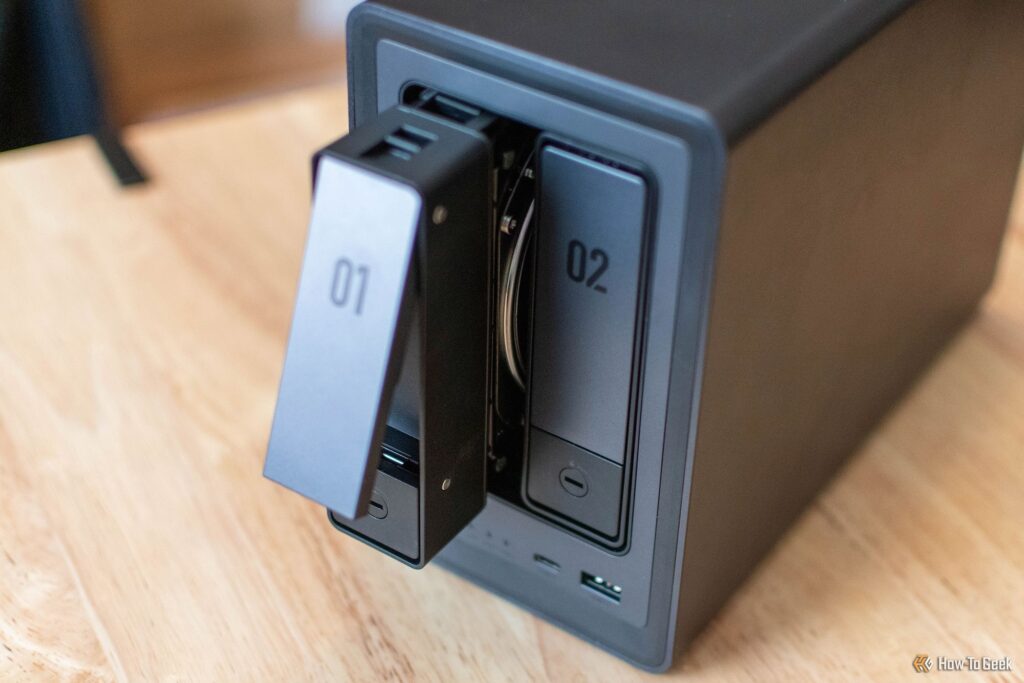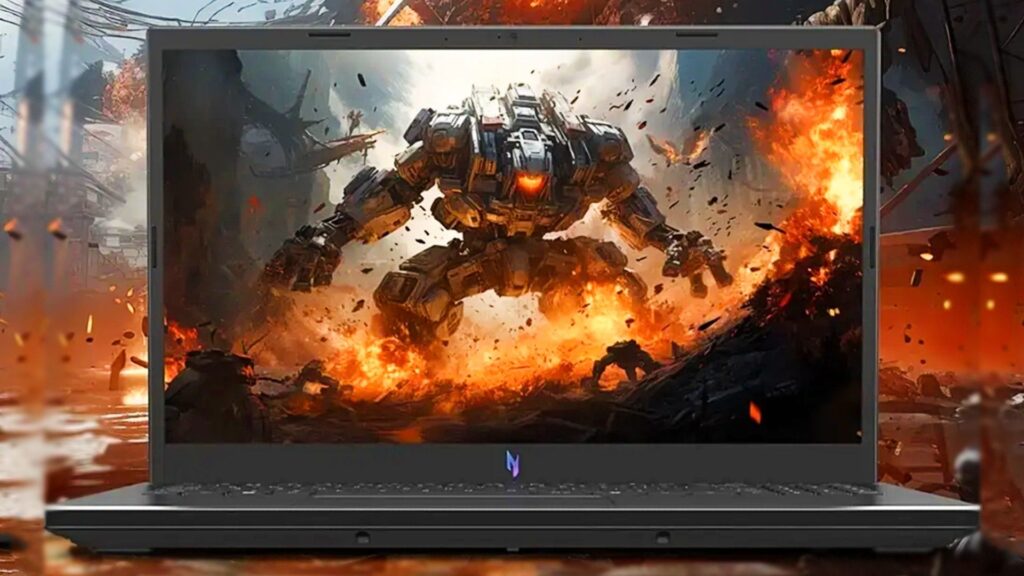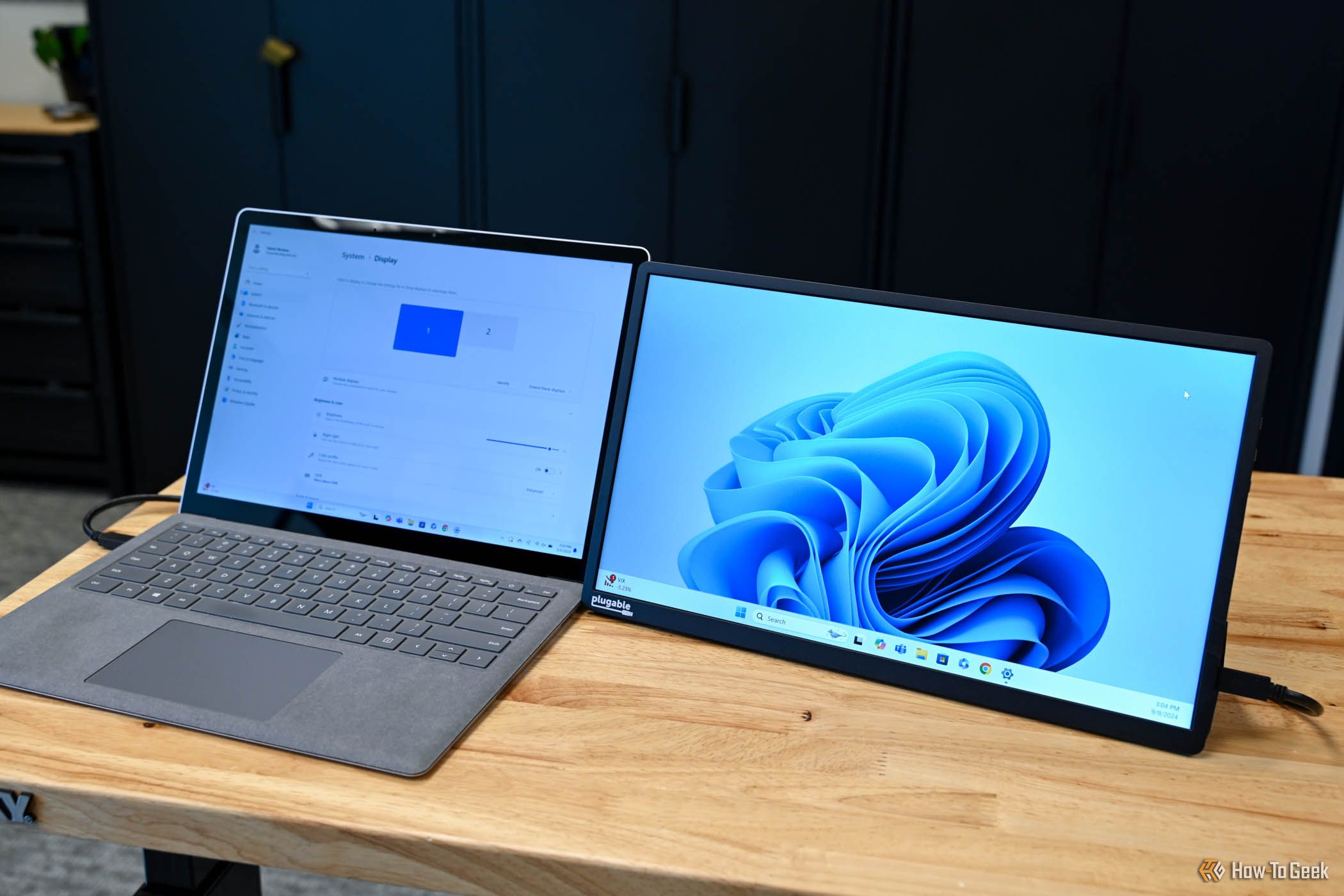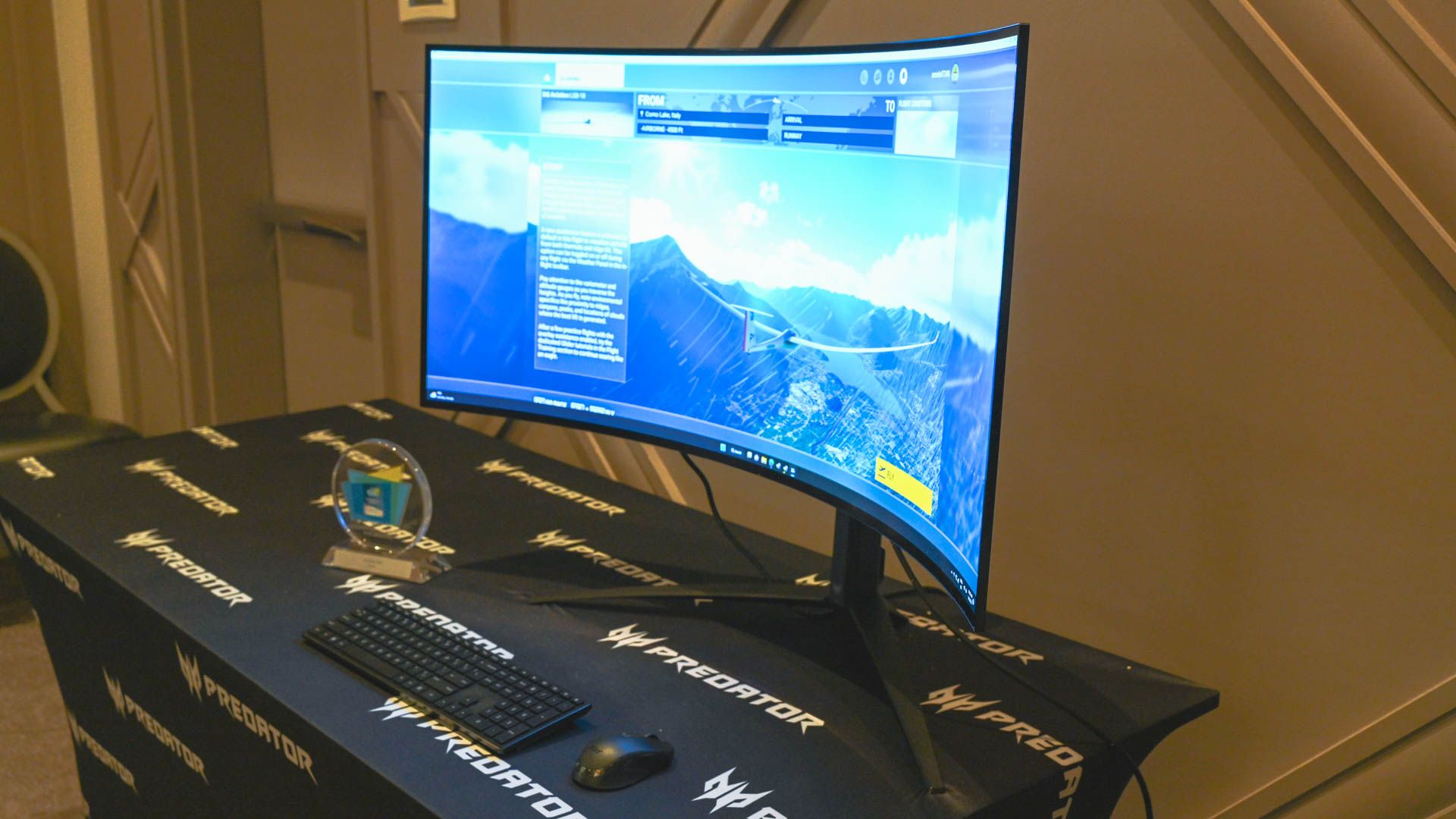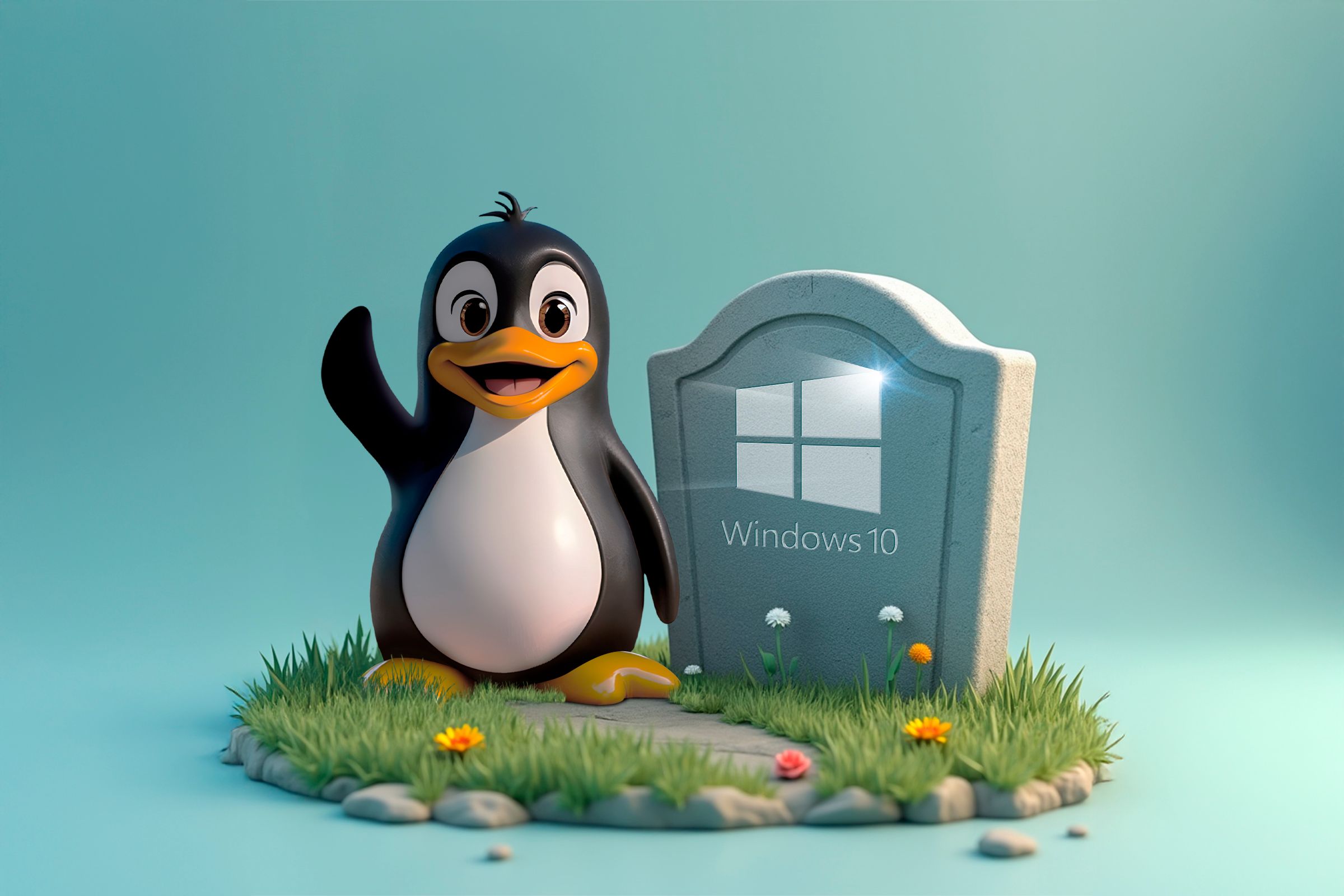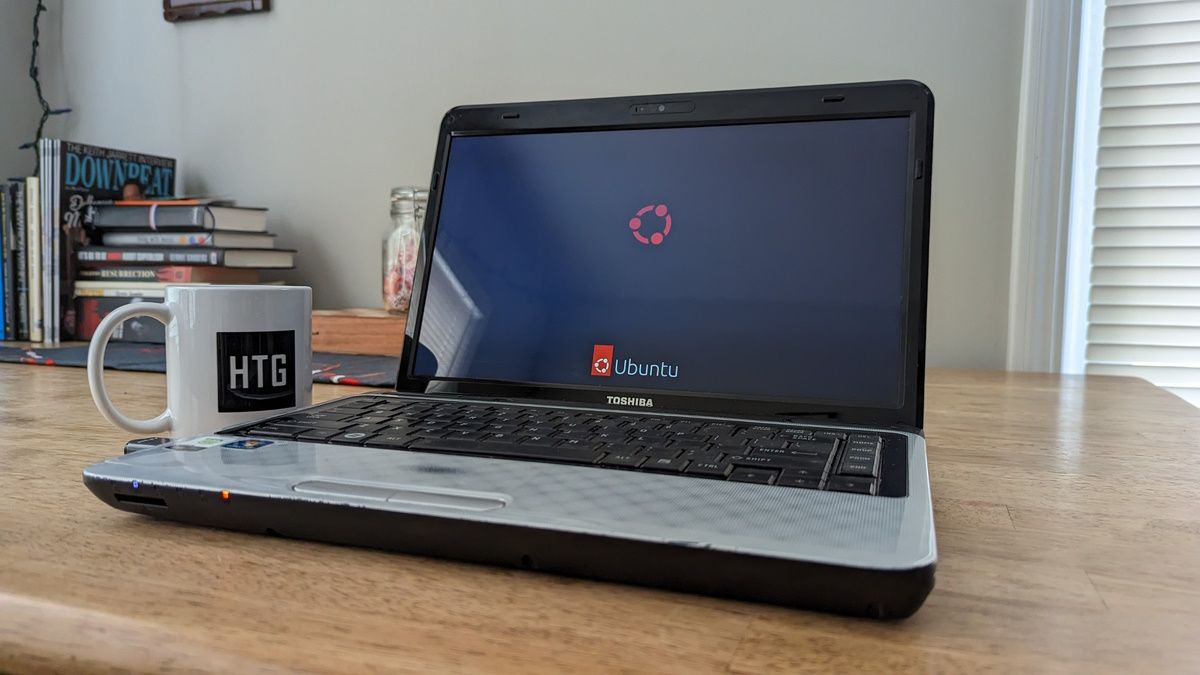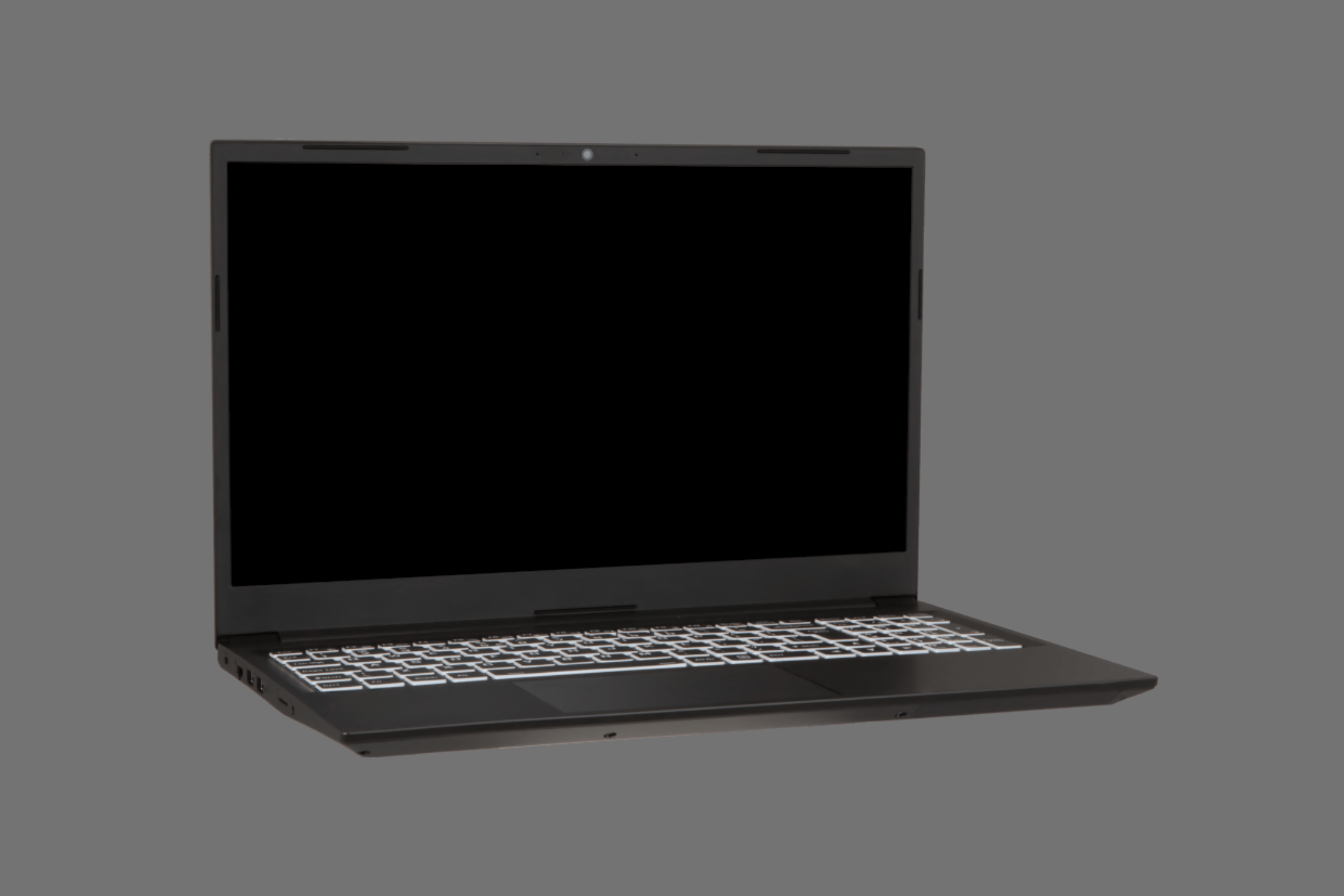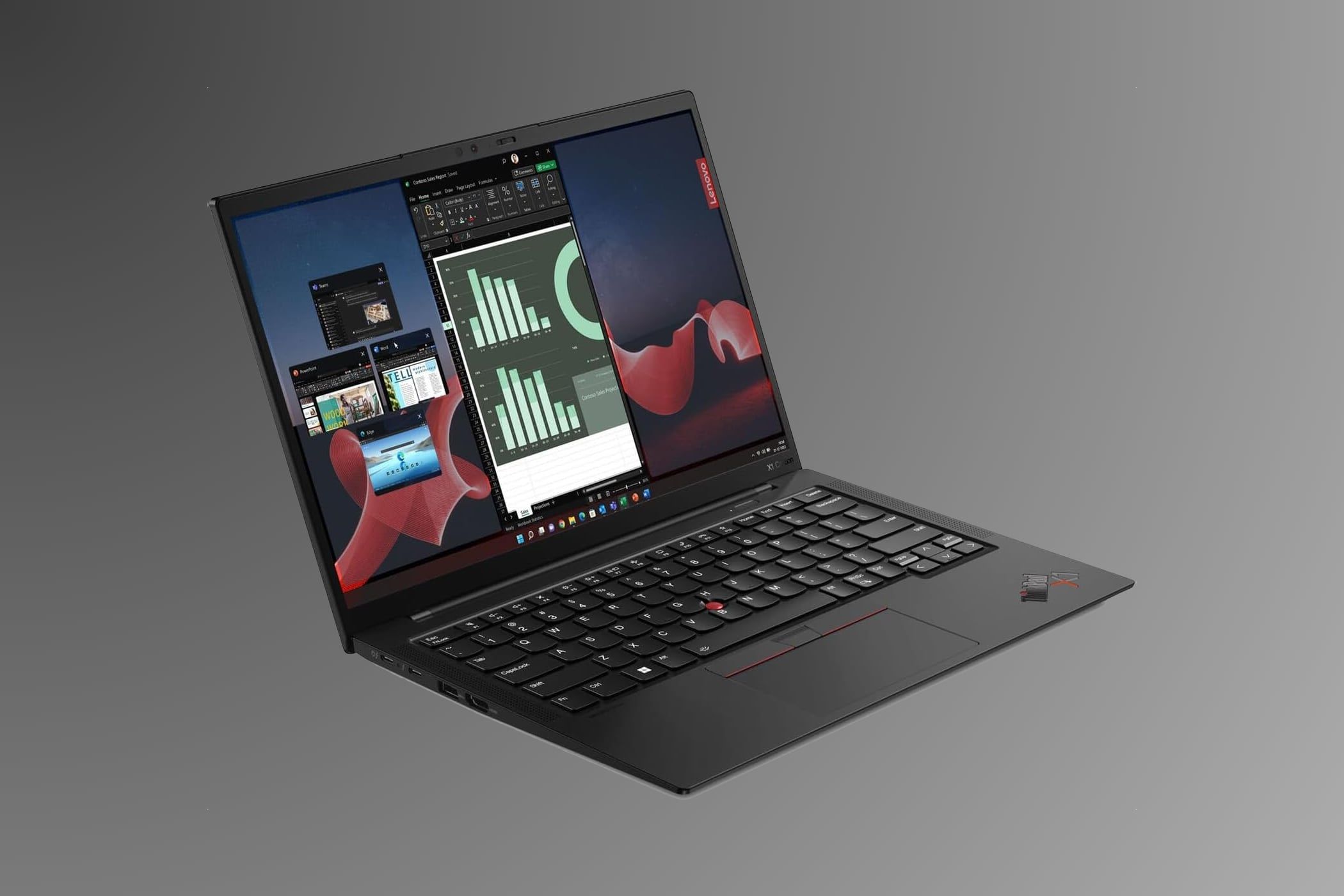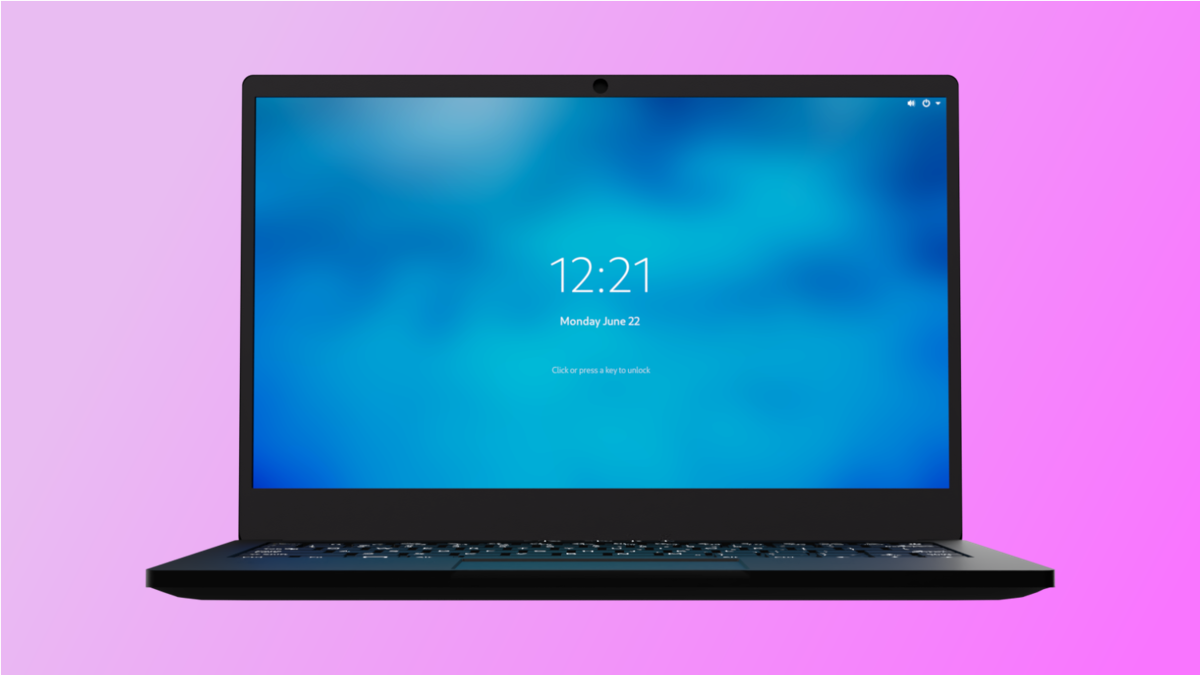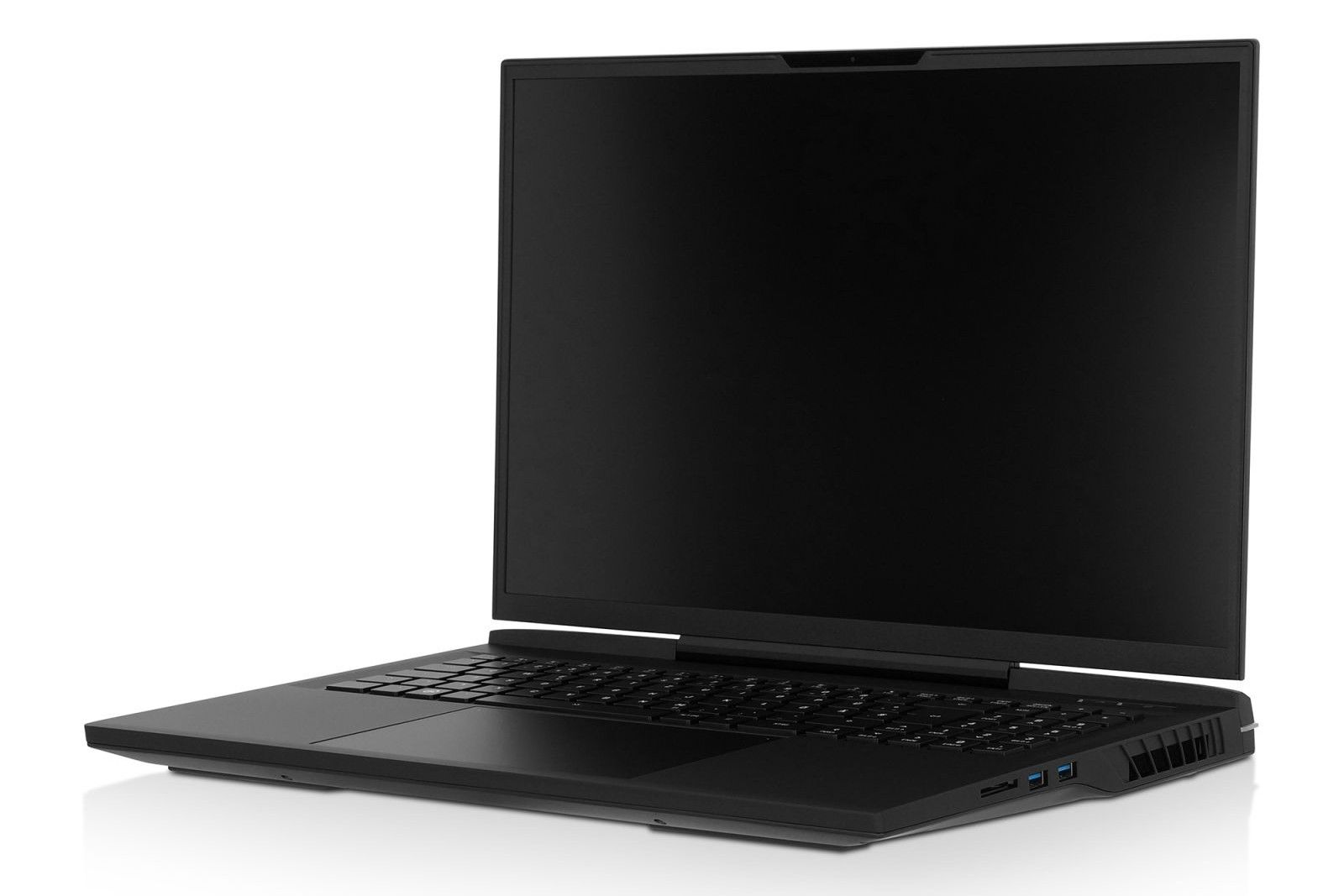The Best Linux Laptops of 2025
Linux
Read update
- We’ve given our buying guide an update. Check it out!
Love Linux? You’ll want to get a laptop built with the open-source operating system in mind, instead of settling for a Windows laptop and having to do the installation yourself. These five picks work with Linux right out of the box.
UPDATE: 02/01/2025
We’ve given our buying guide an update. Check it out!
-
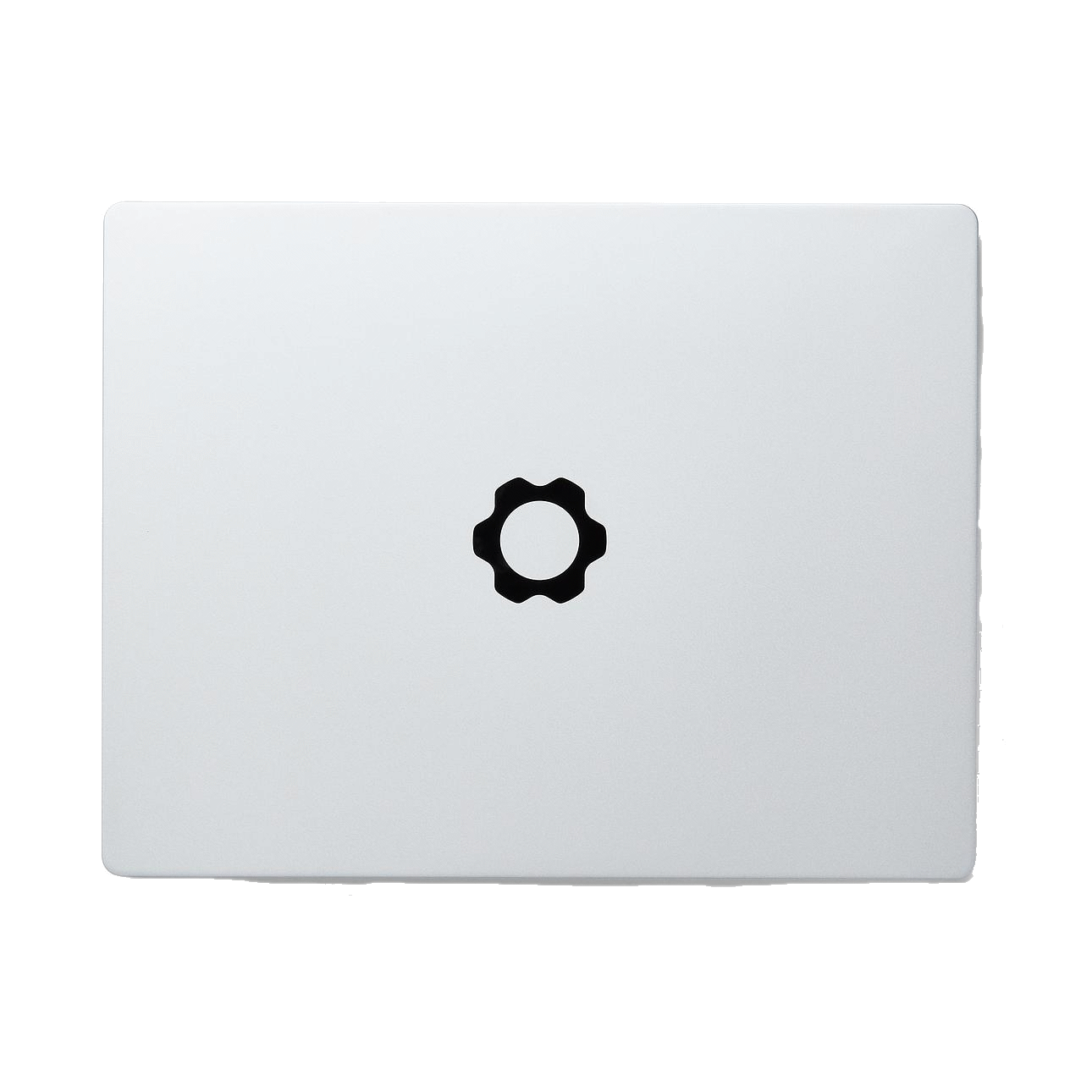
Framework Laptop 13
Best Linux Laptop OverallSee at Framework -
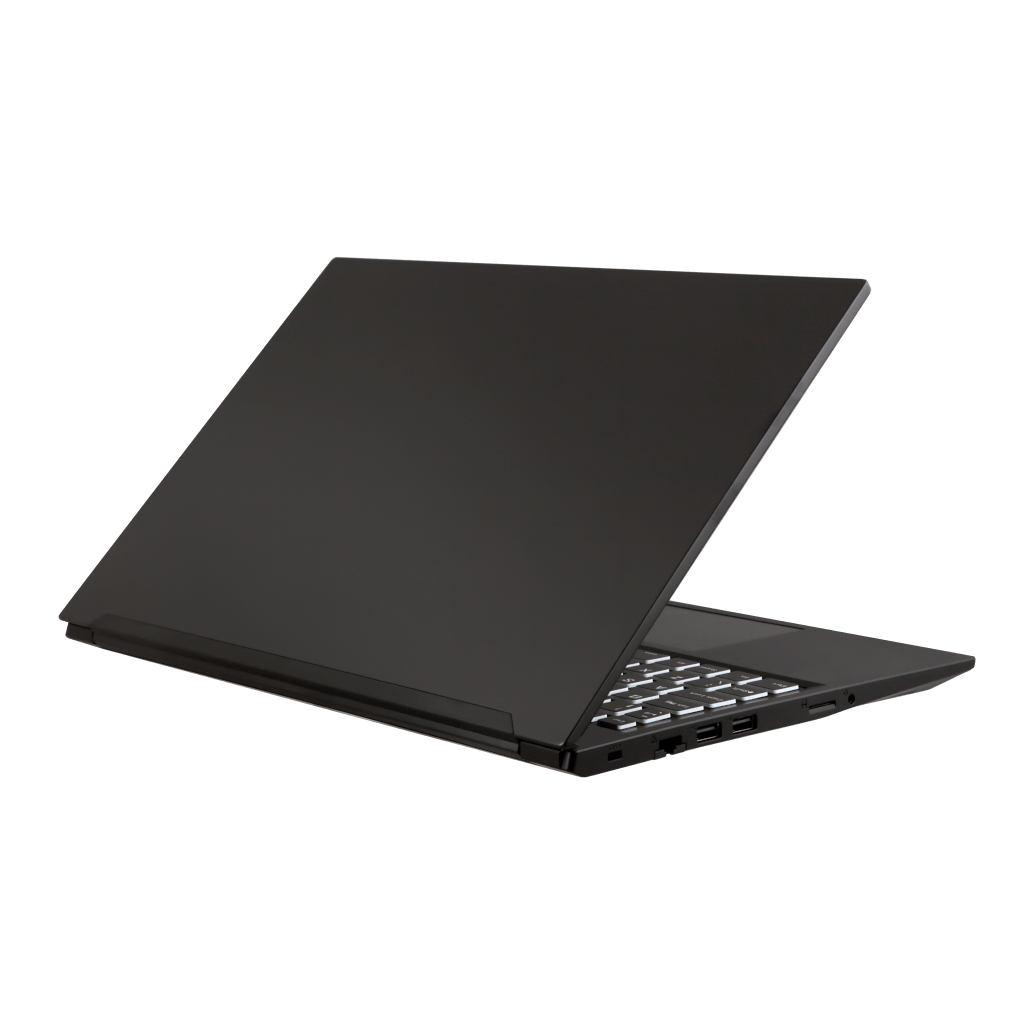
Laptop With Linux Clevo NL41PU
Best Budget Linux LaptopSee at Laptop With Linux -
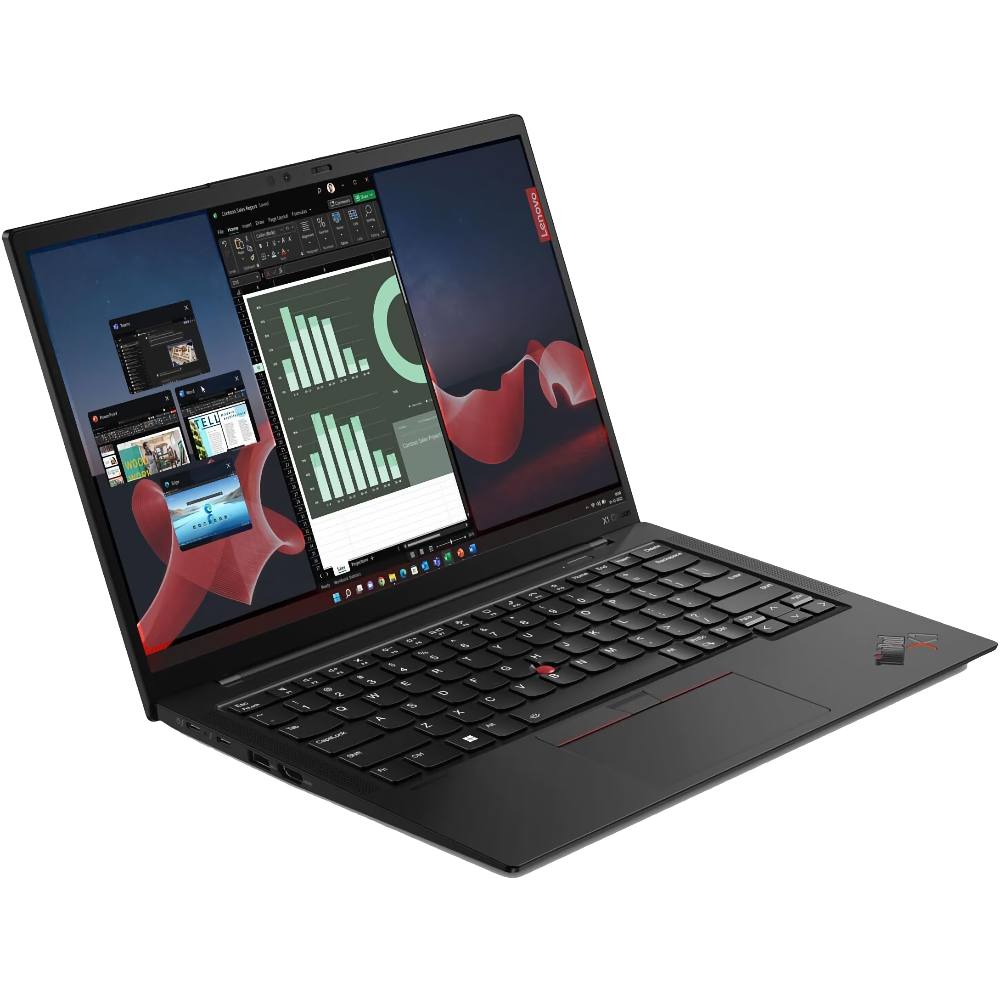
Lenovo ThinkPad X1 Carbon with Linux
Best Premium Linux LaptopSee at Lenovo -
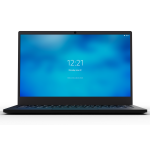
Purism Librem 14
Best Open Source Linux LaptopShop Now -
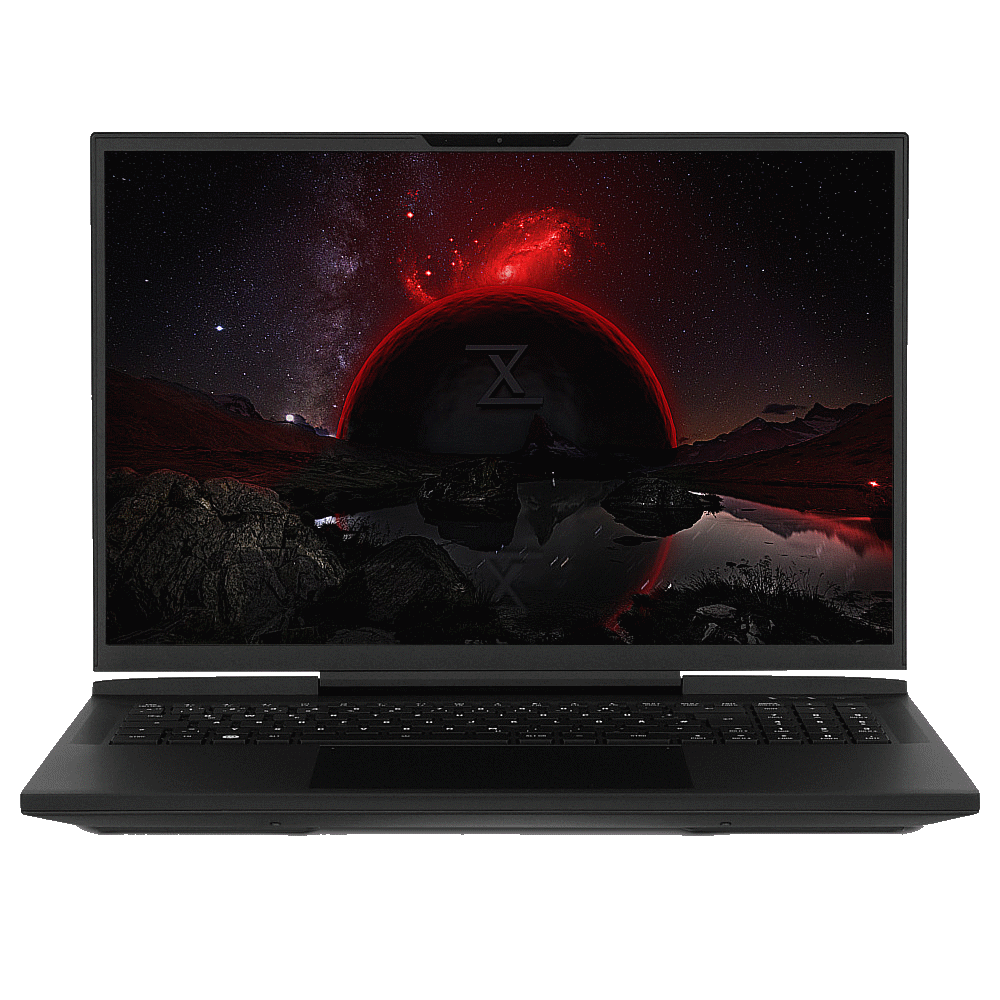
Tuxedo Stellaris 17
Best Linux Laptop for GamingSee at Tuxedo
What to Look For in a Linux Laptop in 2025
You can buy nearly any laptop and install Linux on it. However, there’s no guarantee that the laptop’s hardware will properly support Linux. If the right hardware drivers aren’t available for the Linux OS you pick, some of the laptop’s features won’t work, or the laptop may just get worse battery life due to poor optimization.
You don’t have to settle for this kind of experience. Some manufacturers release laptops that come with Linux pre-installed. These manufacturers officially support Linux on their hardware, so you know that everything will work properly and that the laptop will keep working with future software updates.
Sure, it’s now much easier to run Linux applications on Windows 10 and Windows 11 thanks to the Windows Subsystem for Linux—and that’s a great solution for many people—but it’s not the real thing.
Chromebooks are also well worth looking into, especially since you can install Linux on a Chromebook or use certain Linux apps on Chrome OS. The main downside is that Chromebooks have become rather more expensive than they used to be, but without any substantial improvement in their specifications.
Whether you’re a developer looking for a Linux laptop for programming, a big believer in open-source software and privacy, or just a Linux enthusiast who prefers the operating system to Windows and macOS, we’ve got some options for you. You can even get powerful gaming laptops that come with Linux now—after all, Linux is good enough for Valve’s Steam Deck.
Ready to step into the world of Linux? These are the laptops to do it with.
|
How Did We Research |
||
|
Models Evaluated |
Hours Researched |
Reviews Analyzed |
|
21 |
13 |
30 |
How-To Geek’s product recommendations come from the same team of experts that have helped people fix their gadgets over one billion times. We only recommend the best products based on our research and expertise. We never accept payment to endorse or review a product. Read More »
Best Linux Laptop Overall: Framework Laptop 13
|
Pros |
Cons |
|---|---|
|
More upgradeable than most laptops |
Doesn’t actually come with Linux |
|
Built to be repairable, with parts available for purchase |
Can be pricey if you don’t have any PC parts lying around |
|
The DIY process is simple enough for newcomers |
|
|
Great look and feel |
Okay, hear me out. The best overall Linux laptop doesn’t actually ship with Linux. Depending on how you order it, the PC doesn’t come with Windows either. If you select the DIY edition of the Framework 13, you get a laptop you need to assemble yourself, and it doesn’t come with any operating system at all. That sounds more Linux than shipping Linux directly. This saves you from having to replace the default distro with your own.
This process isn’t as intimidating as it sounds. Like Linux itself, Framework has made the assembly process simple enough for people with zero experience building PCs. A Framework laptop comes with all the necessary tools, though you may need to supply your own hard drive and RAM if you opt not to purchase those at checkout. Many of us have those lying around already anyway.
Framework may not offer a Linux option, but they have previously provided hardware to Linux community members for testing. Here’s a video from the Fedora Project showing Linux running smoothly on a Framework laptop.
Compared to other Linux PCs, the Framework offers excellent value for money. The starting price of $799 is very competitive. The default 2256 x 1504 resolution means you aren’t stuck with 1080p, and you can bump the display up to 2.8K (and double the refresh rate up to 120Hz) if you so choose.
The Framework’s price quickly goes up as you increase the specs and add on optional modules, but there’s something about a laptop oriented around repairability and upgradeability that makes me feel remiss not to mention it to anyone looking for a laptop to run Linux on.
The Framework Laptop 13 may not come with Linux pre-installed, but the DIY edition that ships without an OS seems tailor-made for Linux enthusiasts. If you opt to supply your own existing storage and RAM, the Framework is competitive with Linux-specific laptops in price. This is a laptop you can upgrade and repair over time, much like Linux itself.


Framework Laptop 13
Build your laptop yourself and get exactly what you want—and replace parts as they become outdated.
See at Framework
Best Budget Linux Laptop: Laptop With Linux Clevo NL41PU
|
Pros |
Cons |
|---|---|
|
Plenty of power for office tasks |
Not quite a full workday of battery life |
|
Can handle light gaming |
A 1080p 60Hz display is starting to feel underwhelming |
|
Will not feel slow unless doing graphically intensive work |
So-so battery life |
People who want to run Linux on a desktop are a niche crowd. Those who don’t want to install Linux on existing hardware and specifically want to buy a PC with Linux pre-installed is an even smaller one. For this reason, Linux PCs generally don’t come cheap. There simply aren’t that many out there.
Yet I can easily recommend the overwhelmingly generic Clevo NL57AU from Laptop With Linux. Yes, Laptop With Linux is the name. These folks take off-the-shelf Clevo or TongFang machines, configure them to work with Linux out of the box and test them out so you don’t have to. One thing I love about these PCs is that they come with zero branding, a rarity in the consumer electronics world.
The Clevo NL57AU starts at just over $500. I had a very similar 14-inch Clevo machine from Laptop With Linux around half a decade ago (albeit with an older-generation Intel Core CPU than the 12th generation now on offer), and it ran like a champ. As long as you provide enough RAM, it still will.
If you just want an affordable way to get a no-nonsense laptop that you can be sure will run Linux, this will get the job done. The battery life and display aren’t impressive in 2025, but that’s not what this model is here to do. If you aren’t trying to game or edit videos, and you aren’t far from a power outlet for most of the day, this is all the machine you need.
Unlike the other laptops on this list, there isn’t anything particularly special or compelling about the Clevo NL57AU from Laptop With Linux. It’s a generic laptop in every sense of the word. Yet you won’t find many Linux PCs around at a lower price, and the hardware is more than adequate for everyday use. At just over $500, you’re still getting a powerful machine that will run smoothly for years to come.


Laptop With Linux Clevo NL41PU
The Clevo NL57AU is your choice if you are looking for a sturdy and fast Linux laptop that also looks super sleek. A beautifully bright 15.6″ Full-HD LED screen in a thin frame, USB-C with charging and DisplayPort support, choice of a 12th gen. Intel Core i3 or i5 processor, white keyboard backlight in a compact size.
See at Laptop With Linux
Best Premium Linux Laptop: Lenovo ThinkPad X1 Carbon Gen 11 with Linux
|
Pros |
Cons |
|---|---|
|
Solid hardware with plenty of configuration options |
ThinkPad look and the TrackPoint aren’t for everyone |
|
Great screen options include a touchscreen |
|
|
Available with Fedora or Ubuntu pre-installed |
|
|
TrackPoint is useful for those who like it |
While the line has moved from IBM to Lenovo, the ThinkPad name is still synonymous with high-quality laptops. Combine this with Lenovo’s deeper commitment to shipping laptops that run Linux out of the box, and the Lenovo ThinkPad X1 Carbon Gen 11 with Linux may be the perfect premium Linux laptop.
This laptop is powered by a 13th-gen Intel Core i5-1335U Processor with two Performance cores and eight Efficient cores for a total of 10 cores. You can choose more powerful CPUs, up to the i7-1370P vPro CPU, which also comes with a RAM upgrade.
You get 16GB LPDDR5 RAM and a 256GB M.2 SSD for storage in the base configuration. Depending on which CPU you choose, you can configure the laptop with up to 64GB RAM and up to 2TB of storage.
The display will always be a 14-inch screen, but you can choose from different options. You get a 1920 x 1200 IPS panel by default, but you can upgrade to a touchscreen or a non-touch 2.8K OLED model.
As the “with Linux” in the name implies, Lenovo ships this ThinkPad with Linux, but here, you get to choose which distribution it ships with. By default, Fedora is the pre-installed distribution, but you can also choose Ubuntu.


Lenovo ThinkPad X1 Carbon with Linux
The Lenovo ThinkPad X1 Carbon with Linux takes everything that is great about the iconic ThinkPad line, adds powerful hardware, and lets you choose between Fedora or Ubuntu pre-installed.
See at Lenovo
Best Open Source Linux Laptop: Purism Librem 14
|
Pros |
Cons |
|---|---|
|
Open source BIOS |
More expensive than the alternatives |
|
Minimal closed-source firmware |
10th gen Intel Core CPU instead of 11th gen |
|
Hardware kill switches and other privacy features |
If you want a powerful computer where everything is open source and you have more control over your hardware, try the Purism Librem 14. Purism says these systems are “designed chip-by-chip, line-by-line, to respect your rights to privacy, security, and freedom.”
These systems come with an open-source coreboot BIOS firmware and no Intel Management Engine (ME) code running at a low level. To be as open-source as possible, Purism avoids using “binary blob” closed-source firmware on its hardware whenever it can, although some binary blobs are still present. The Librem 14 comes with PureOS, a security-focused Debian-based Linux distribution developed by Purism.
Beyond open source, Purism is designed to put you in control as a user. The laptop includes physical kill switches that disconnect the included camera, mic, Wi-Fi, and Bluetooth when you flip them. Hackers gaining access to your webcam and mic is a real fear, and a physical kill switch helps to protect you against it.
The Librem 14 also has a BIOS write protection switch on its motherboard, preventing potential malicious software from installing updates without physically changing a switch’s position. Features like PureBoot and the Librem Key help you ensure only trusted software boots on your computer and protect your laptop’s encrypted files with a physical security key.
All this aside, you get a solid 14-inch laptop with an Intel Core i7 CPU. However, note that this is a 10th-generation Intel Core CPU for compatibility with the open-source BIOS instead of an 11th-generation Intel Core CPU—not a big deal in terms of performance. Still, for the price, it does sting not getting the latest hardware. You can customize the memory, storage, and other features during the purchase process. Finally, Purism promises 9 hours and 48 minutes of battery life in light use.
But, be warned that the Librem 14 is a more expensive laptop than many others on this list. It’s a premium product, and Purism clearly had to do a lot of extra work to provide these incredible and rare features.
If you’re looking for more laptops with open-source firmware, System76’s line also has open firmware.


Purism Librem 14
Purism’s Librem 14 takes the open-source nature of Linux to the next level, with the company developing this laptop to respect freedom and privacy.
Shop Now
Best Linux Laptop for Gaming: Tuxedo Stellaris 17
|
Pros |
Cons |
|---|---|
|
Up to RTX 4090 GPU |
Limited availability and parts |
|
2560 x 1600 240Hz display |
Assembly time takes 1-2 weeks when in stock |
|
Optional mechanical keyboard |
The TUXEDO Stellaris 17 isn’t the most powerful Linux laptop you can buy (that may just be the System76 Bonobo WS), but it’s the best option tailor-made for Linux gamers. This is a slim machine with enough battery life that you don’t have to treat it like a desktop, and its design feels at home alongside your gaming peripherals.
The Stellaris has enough power to play whatever you throw at it if you spring for the maxed-out model. That will land you an NVIDIA RTX 4090. The more affordable (and more available) base model comes with a 4060 instead. You can also opt for the RTX 4070 and land somewhere in the middle.
Regardless of your graphics card, you get a 2560 x 1600 display with a 240Hz refresh rate. You’re also looking at an Intel Core i9-13900HX CPU. The base model starts with 16GB of RAM and 500GB of NVMe storage, which is a perfectly reasonable place to start.
Again, it’s the design choices that set this machine apart. You have the option for a mechanical Cherry MX Ultra Low profile mechanical keyboard with a number pad. Regardless of your pick, you get a 4.5 x 2.75-inch glass touchpad. It’s not as big as a modern MacBook Pro’s, but it’s larger than a Dell XPS 13’s. Though you’re probably still going to want a dedicated gaming mouse.
The Tuxedo Stellaris 17 is a beast of a machine that doesn’t just have the specs gamers want—it has the looks to match. This is a desktop replacement with a large, immersive screen to make the most of your games. If you run into issues trying to play a title, you can rest assured it’s due to Linux compatibility issues, not a lack of power. Shipping times aren’t the fastest, but when your machine does arrive, you know you’ve invested your money in a company so into Linux, it rolls its own distro.


Tuxedo Stellaris 17
The TUXEDO Stellaris series features the most powerful notebook hardware on the market without sacrificing mobility. As a result, the Stellaris 17 offers absolute top performance on par with the latest upper-class gaming desktop PCs in a fairly compact, conveniently transportable, and high-quality, robust casing.
See at Tuxedo




